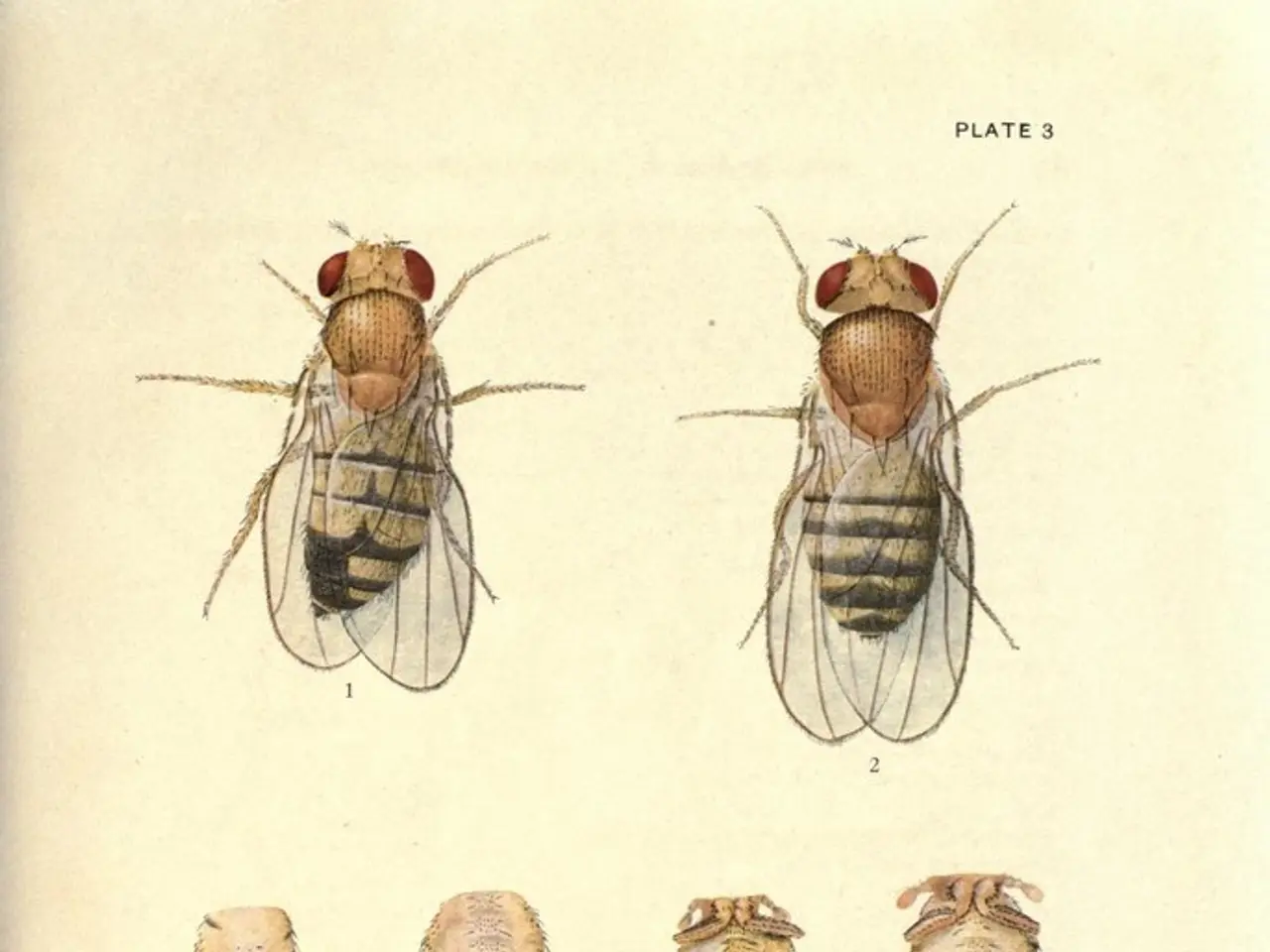In Japan, insects are commonly kept as pets, offering insights into environmental conservation and diverse species.
=========================================================
In Japan, insects are not just creatures to be found in the wild, but cherished pets that symbolize a deep-rooted connection with nature. This appreciation for the small wonders of the natural world is a significant part of Japanese culture, permeating daily life, childhood experiences, and education.
Historically, insects have been a part of Japanese culture since the Heian era, appearing in classical literature like The Tale of Genji and continuing into modern popular culture through manga and animation like Mushishi. This long-standing cultural presence underscores their broad social acceptance and symbolic importance.
Commonly kept pets include fireflies and crickets, admired not only for their beauty and sounds but also as living links to nature. These pets are cared for with special foods, such as jelly pet food, and sometimes sold at specialized pet stores, with rare species fetching high prices, illustrating a vibrant domestic market and hobbyist culture.
Integration into Japanese daily life is visible in the way people enjoy watching and caring for these insects. For instance, releasing fireflies in gardens or listening to the chirping of caged crickets, which is seen as soothing and linked to seasonal awareness, is a common practice. Celebrities publicly embrace bug collecting and hunting as hobbies, paralleling Western stars’ sporting interests, highlighting the cultural pride and mainstream nature of the practice.
In education, insects are used pedagogically to teach children about ecology, life cycles, and respect for the environment. School programs, such as butterfly-oriented projects, encourage hands-on learning about nature’s interconnectedness through observing and caring for insect pets. This fosters ecological awareness and a sense of wonder about the natural world from a young age.
One such young bug enthusiast is four-year-old Asahi Yamauchi, who keeps a pet beetle at home. The exhibit "The Great Insect Exhibition" in Tokyo allows children to observe and touch various beetles, further encouraging interaction with these fascinating creatures.
The study of insects is considered an essential part of everyday life in Japan. For instance, tracing the movement of bugs can be a way to study global warming. Munetoshi Maruyama, a professor at Kyushu University, has a fascination with bugs and has discovered 250 new insect species.
Bugs also play a crucial role in the ecosystem, pollinating crops and serving as food for wildlife. The disappearance of bugs from Earth would negatively impact human life. Therefore, the care and conservation of these creatures are of utmost importance.
The Hercules rhinoceros beetle, found in Japan, is the biggest beetle on record, though only several inches in length. Interestingly, the back coat of this beetle changes colour depending on the season. Convenience stores in Japan even sell nets for catching bugs, reflecting the widespread acceptance and availability of these pets.
In Japan, bugs are popular pets alongside cats and dogs, adding a unique and educational element to the country's pet culture. This celebration of nature's small wonders enriches daily life, fostering a sense of wonder and respect for the natural world.
[1] The Guardian [2] National Geographic [3] BBC [4] The Japan Times
- In home-and-garden settings, releasing fireflies at night is a common Japanese practice, often witnessed in gardens during summer, demonstrating the integration of cherished insect pets into the country's lifestyle.
- AI technology could potentially aid in the study of insects, offering innovative solutions for tracking insect movements and contributing to the conservation efforts for these important creatures.
- Pets like the Hercules rhinoceros beetle, found in Japan, showcase the country's appreciation for the diversity of insect species and the exotic appeal they hold for pet enthusiasts.
- Japanese culture continues to evolve, with the interest in insects as pets becoming increasingly popular, blurring the lines between traditional pet ownership and the study of home-and-garden life, as seen in the case of four-year-old Asahi Yamauchi who keeps a pet beetle at home.





